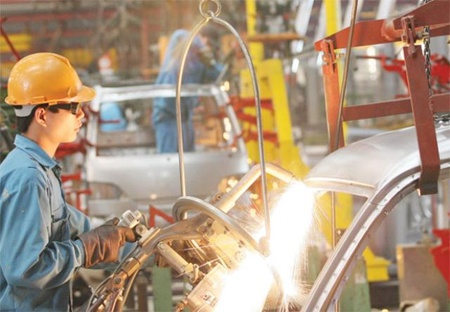
| VN economy improving: CBRE | |
Viet Nam’s GDP grew 5.62 per cent in the first nine months of 2014, along with accelerating foreign investment that increased exports and manufacturing, according to a report released by CBRE Viet Nam. By the end of August, as reported by the State Bank of Viet Nam, credit in the real estate market had expanded by 9.85 per cent compared to the beginning of the year, higher than the credit growth for the entire economy (5.82 per cent) and other sectors. However, credit growth projected for the first eight months was only 4.5 per cent year-on-year, half of the target for 2014 and despite government efforts to gradually lower lending rates from 20 per cent in 2011 to the current 13 per cent. Some banks in the first few months even offered lending rates as low as 7.5 per cent to 8.5 per cent. The Viet Nam CCI (consumer confidence index) followed the trend of the stock market (VN-Index) closely, with both increasing since January, according to a consumer survey conducted by ANZ – Roy Morgan. Almost 60 per cent of respondents expect economic conditions in Viet Nam and their personal family situation to improve next year. A recovery in consumer confidence may be a good sign for credit growth in the last three months of the year, according to CBRE. The performance of the economy is also supported by investment in the manufacturing sector, which remains the most significant sector for foreign investment, accounting for almost 70 per cent of total FDI. South Korea has overtaken Japan as the biggest foreign investor. Samsung has invested nearly US$8 billion in Viet Nam while Lotte Mart plans to double its current number of stores to 2020. Following manufacturing, the real estate sector is ranked second in FDI, accounting for 11 per cent, equivalent to $1.2 billion. Large amounts of money are expected to flow into southern realty. There are several large real estate projects, including Smart Complex by Lotte in HCM City’s Thu Thiem Area ($2 billion) and Amata City Long Thanh from Amata in Dong Nai Province ($530 million). CBRE said there would also be additional investment in ports in HCM City, which will be replaced by mixed-use projects including Sai Gon New Port, Nha Rong-Khanh Hoi Port and Ba Son Shipyard. | |
| VIR |
